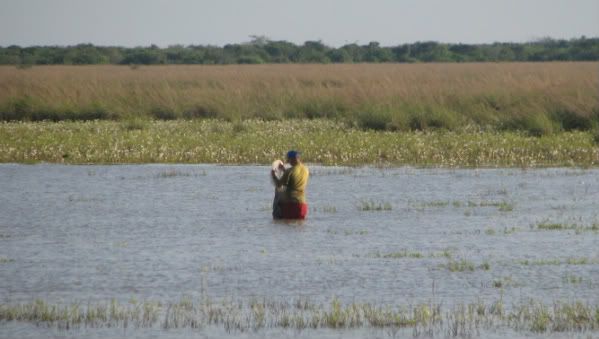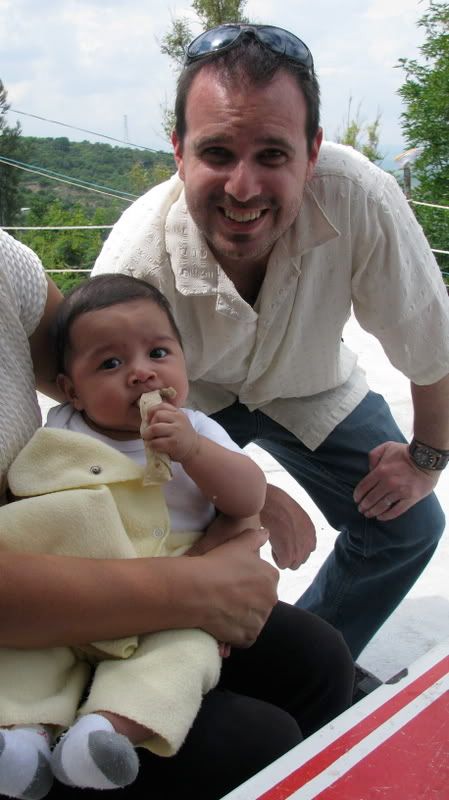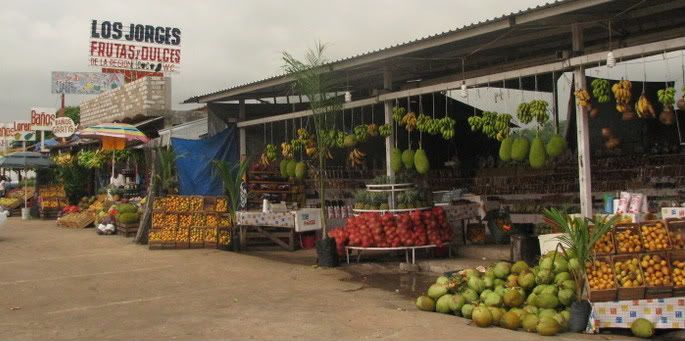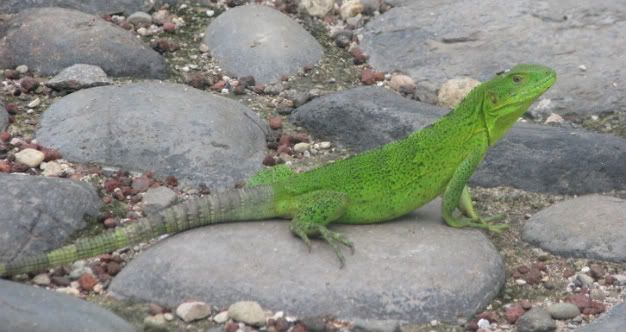ISLA DE MEXCALTITAN, Nayarit--When shrimp is the livelihood of a village, it becomes as important as the beloved Virgen de Guadalupe.

A sign above a family's front door says,"May God shine a light on my path."
People here dried shrimp on the sidewalks of their home. The technique, a local historian told us, came from Chinese immigrants who came to the island in the 1920's. Today, the island has many people with Chinese last names although they now all have Mexican ancestry as well.

I love papel picado (that's what these little colorful flags are called). There are all kinds of papel picado designs including custom names, wedding style (which we used at our wedding), Independence Day, etc. But this is the first time I saw fish papel picado. It just emphasizes how important fish and shrimp are to this community.

Shrimp can even be found next to highway fields with overflowing springs.
 During the morning hustle and bustle, we noticed women all over town carrying small pails. We later found out that those pails were full of reduced-price milk. It turns out that the town's rich landowners who still have a working hacienda in the middle of town sell milk to the national milk company Alpura. Every week, the landowners reward their workers with cheap milk before they sell it to the big milk chain.
During the morning hustle and bustle, we noticed women all over town carrying small pails. We later found out that those pails were full of reduced-price milk. It turns out that the town's rich landowners who still have a working hacienda in the middle of town sell milk to the national milk company Alpura. Every week, the landowners reward their workers with cheap milk before they sell it to the big milk chain.  Guadalupe, the community's representative, laughed as she watched us huff and puff our way up the rocky, steep hills that led to her home. The climb, it turned out, was worth every bead of sweat. The views from her house were breathtaking. I know I've said it in this blog before, but this trip reaffirmed my thoughts that it is in the hidden, out of the way, rural towns in Mexico where the most unexpected treasures are found.
Guadalupe, the community's representative, laughed as she watched us huff and puff our way up the rocky, steep hills that led to her home. The climb, it turned out, was worth every bead of sweat. The views from her house were breathtaking. I know I've said it in this blog before, but this trip reaffirmed my thoughts that it is in the hidden, out of the way, rural towns in Mexico where the most unexpected treasures are found.

















